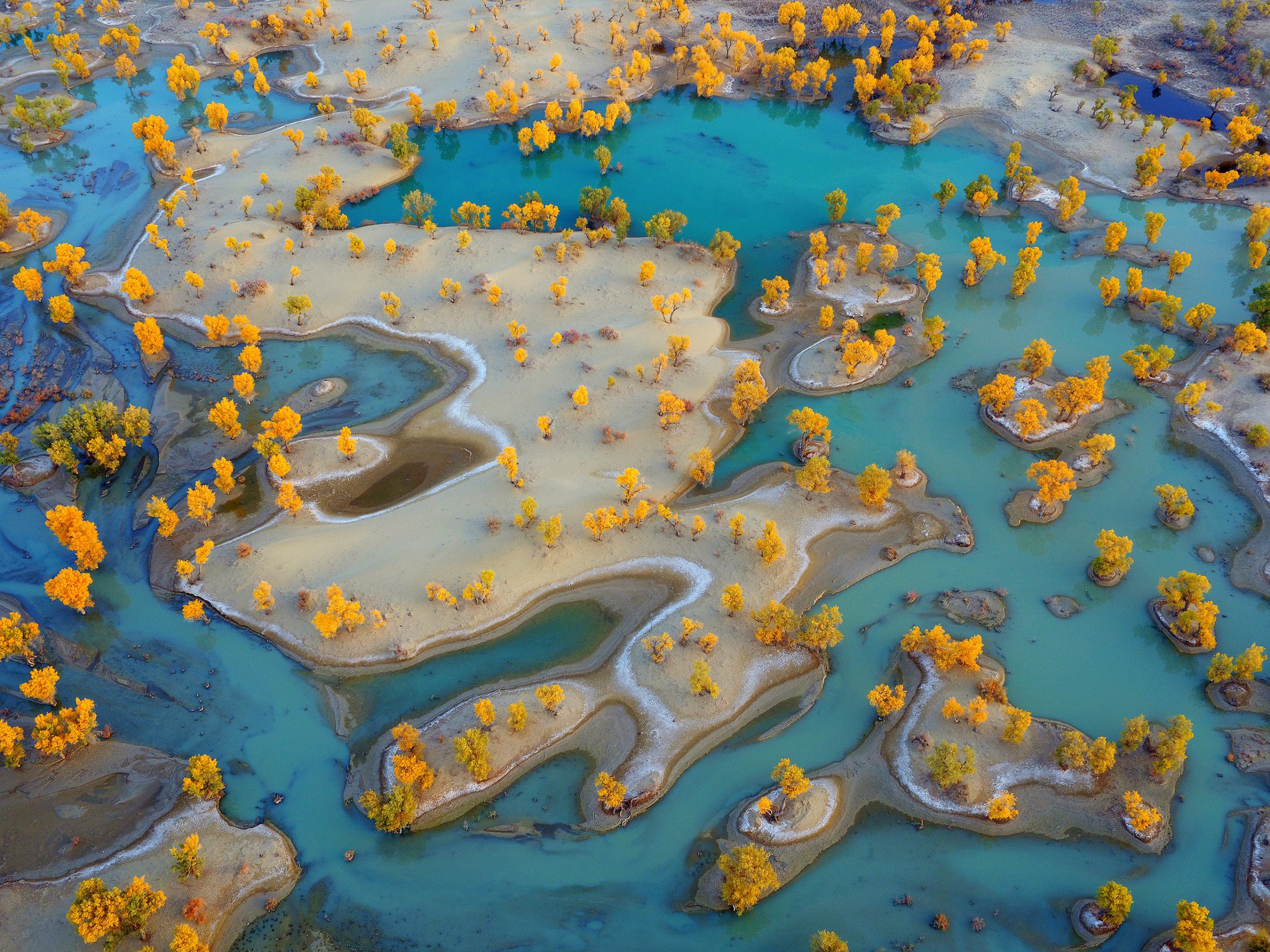
Seeing the world from above is a metamorphic experience. A leafless tree becomes a spider web, a circus transforms into a box of sweets, while a harvest field simplifies into slashes of flaxen and gold. Rarely do we get the opportunity to turn our perspective upside down but in new book Above the World, prominent aerial photographers invite us to do just that. The spectacular images – all taken with DJI drone cameras – are a delicious feast of color, texture and outstanding natural beauty.
The bird’s eye perspective drones offer, hovering closer to the ground than a helicopter ever could, has been dubbed “revolutionary.” In the saturated world of digital image, this new angle can give photographers an artistic edge. “We’ve spent the last 100 years taking images at ground level, so as soon you change the perspective slightly, everything looks different, everything looks beautiful,” Romeo Durscher, an aerial photographer and director of education at DJI, tells TIME. “I know my home country of Switzerland so well but when I revisit places I have photographed for years with a drone, I am rediscovering everything.”
Because of reports of drones being used for spying or smuggling contraband into prison, many still view them with suspicion. But beyond taking beautiful pictures, they are also being used for conservation work, wildlife protection and even search-and-rescue missions. Hexacopter drones are employed by scientists to monitor the health of whales, not just by photographing them, but by collecting water droplets from their spout to bring back to a lab for analysis. “Once you know drones can help save lives,” says Durscher, “it is much more difficult to argue if it’s good technology or bad technology.”
A fascination with whales is what first got DJI specialist Stacy Garlington into aerial photography. “Every time we fly a drone over a whale, we see behavior that we would not normally see,”says Garlington. “Some animals get irritated by drones and once that happens you change their behavior and you don’t get the shot. But whales don’t even notice and we’re able to take incredible shots, as well as monitor their behavior.” She also shoots landscapes and always has her drone with her in case a serendipitous moment presents itself; a tree that had lost all its red leaves looked unremarkable from the ground, but with her trained eye, Garlington knew it would come alive from above.
Even long exposure pictures are possible with drones and can now offer a steadier shot than a tripod. Drone photographer Barry Blanchard explains: “I watch weather patterns and instead of using an expensive tripod like I used to, with a drone I can stand in one location and shoot a sunset a quarter of a mile in each direction.”
Capturing the abstract as well as the factual is another draw for drone fanatics. “What I find really fun is to compare aerial shots of man made objects with natural objects,” says photographer and videographer Michael Shainblum, a time-lapse specialist. “There is a repetition with what is created by architects and landscapers and there is so much repetition of pattern and color in nature.” His photograph of rock formations on San Diego’s coastline is one such example and shows how an aerial view of water, moss and rocks can create otherworldly layers of color and shape.
Meanwhile, seasoned location and portrait photographer Cameron Davidson says his graphic aerial shots can be both abstract and have a strong environmental slant. “I shot some images for Audubon Magazine of mountain top removal in southern West Virginia back in 2005,” he says. “There were all these abstract aerials of the horrible destruction of mountains and people were asking: ‘How can you make such beautiful images of such ugly scenarios?’ I love that perspective can make people question what they’re looking at.”
The work of Michael Shainblum, Cameron Davidson, Stacy Garlington, Romeo Durscher and Barry Blanchard all appear in Above the World, which is available to order here.
Kira Pollack, who edited this photo essay, is TIME’s director of photography and visual enterprise.
Alexandra Genova is a writer and contributor for TIME LightBox. Follow her on Twitter and Instagram.
Follow TIME LightBox on Facebook, Twitter and Instagram.
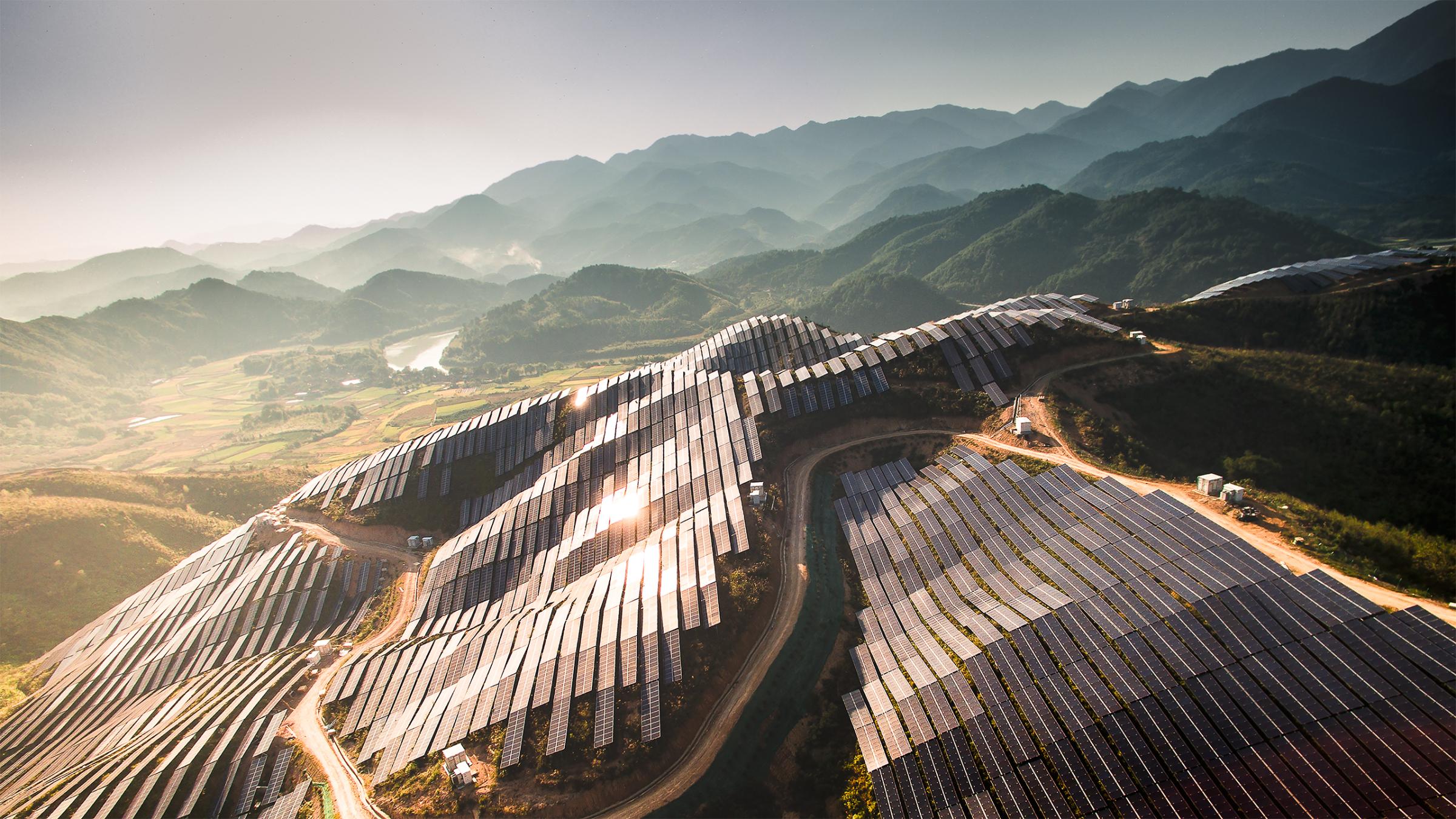
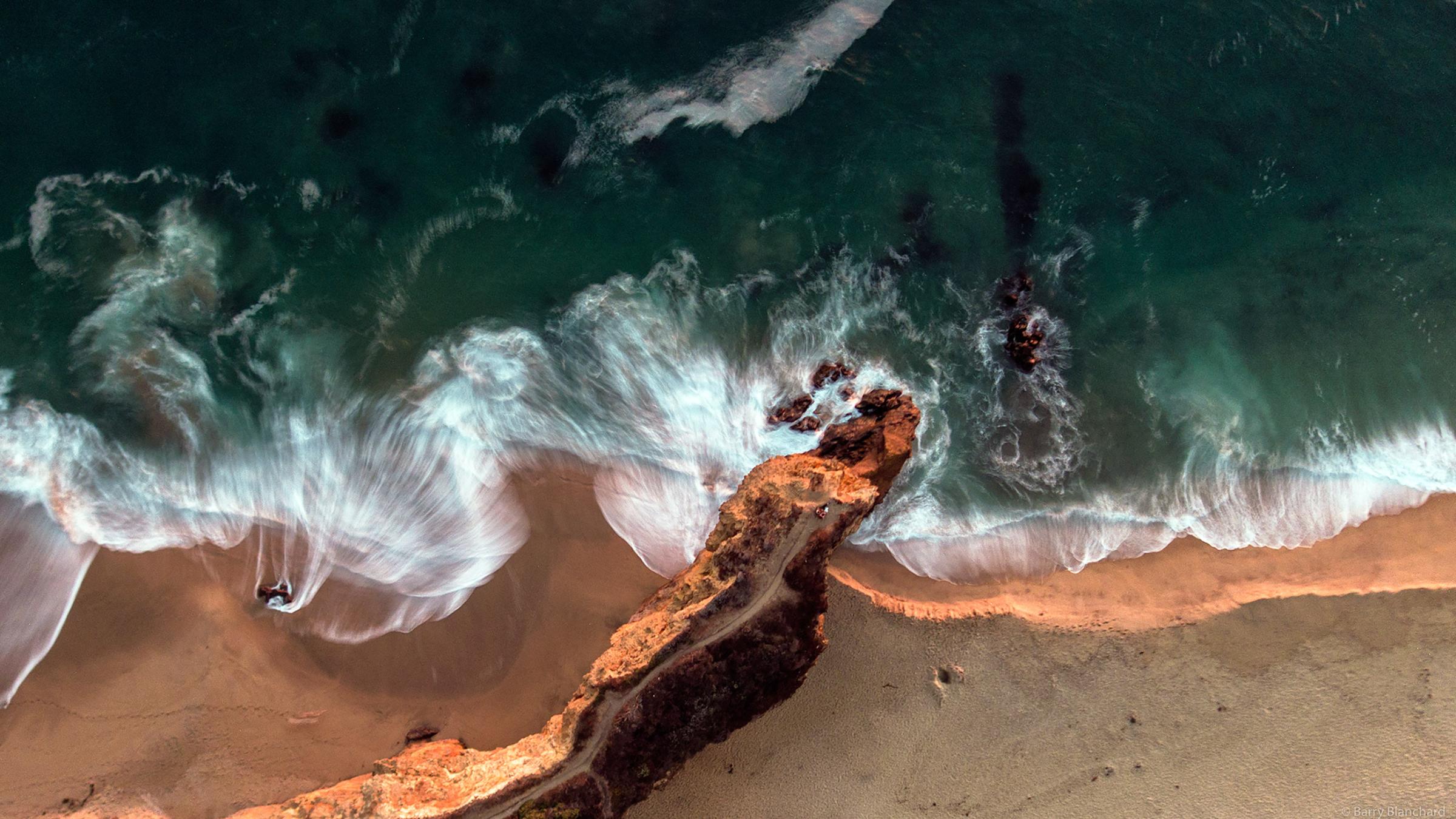
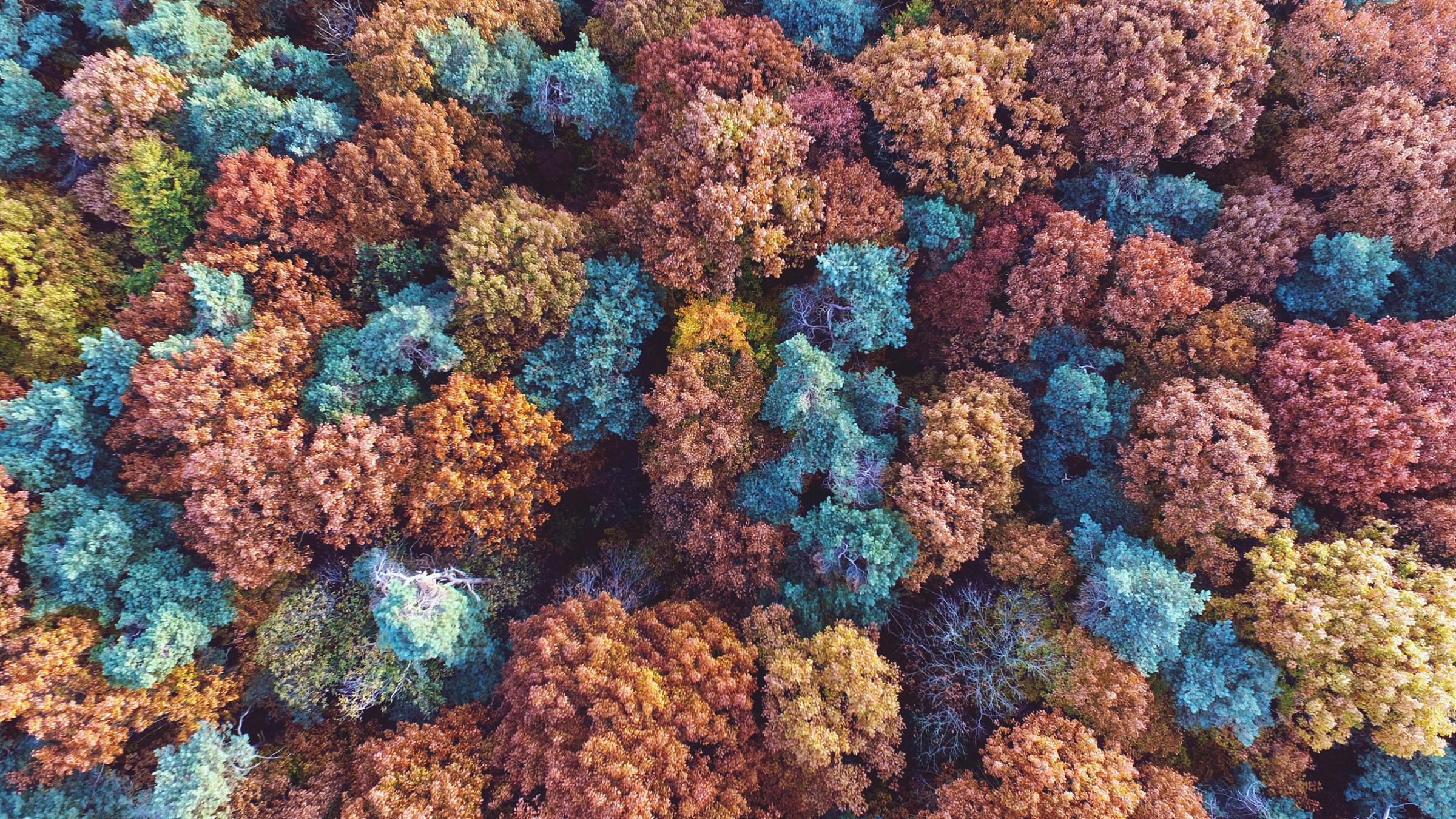
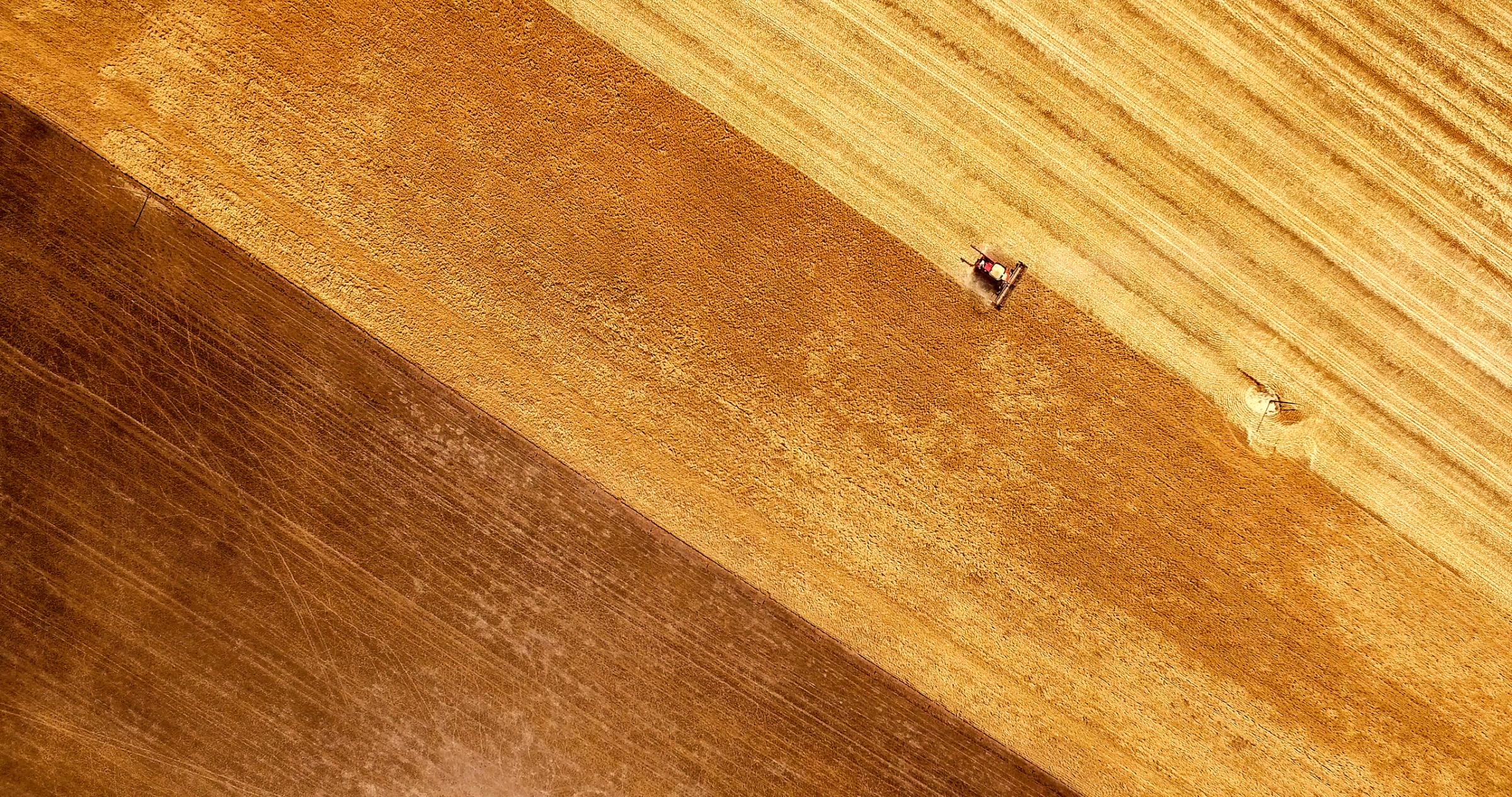
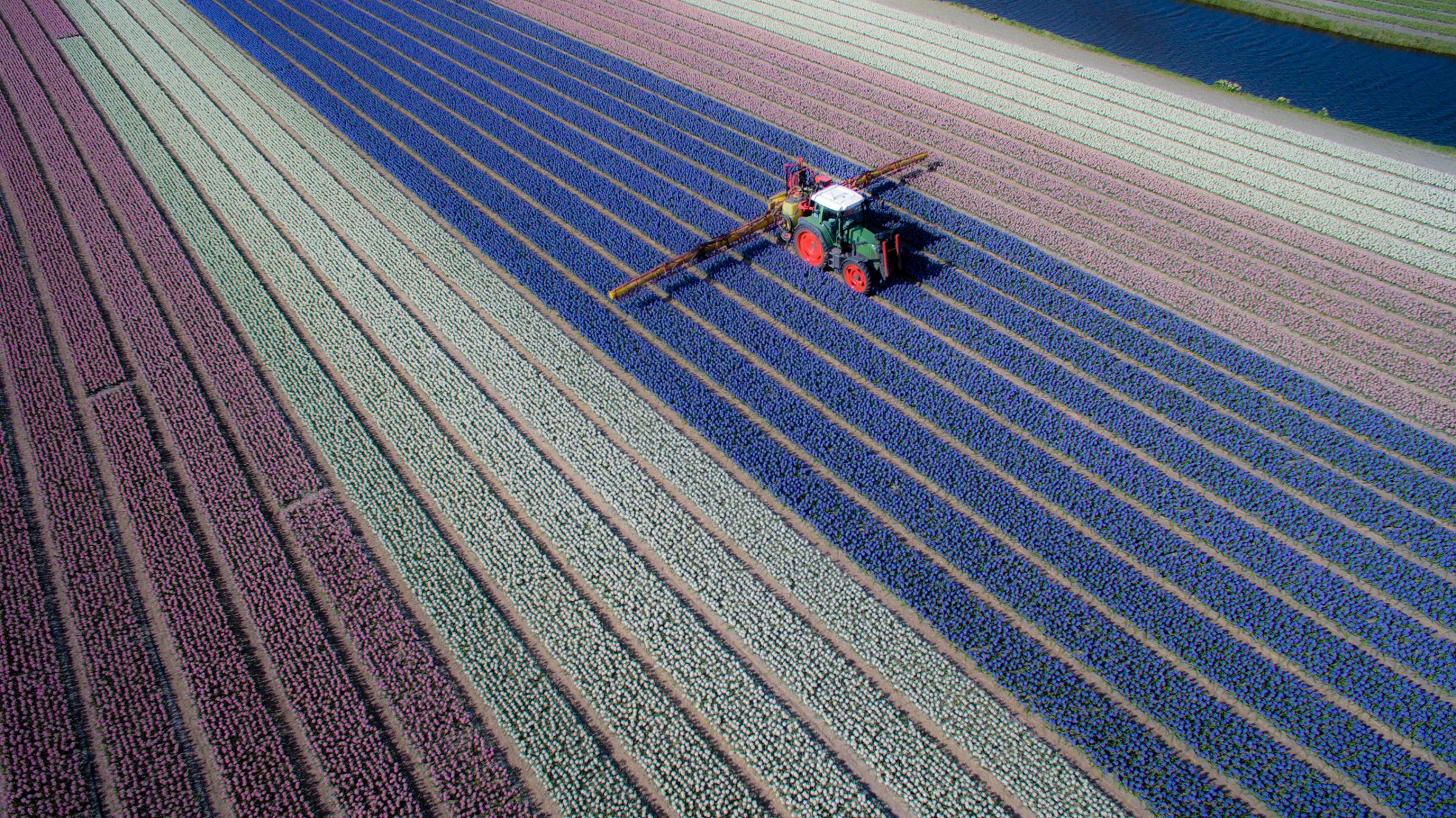

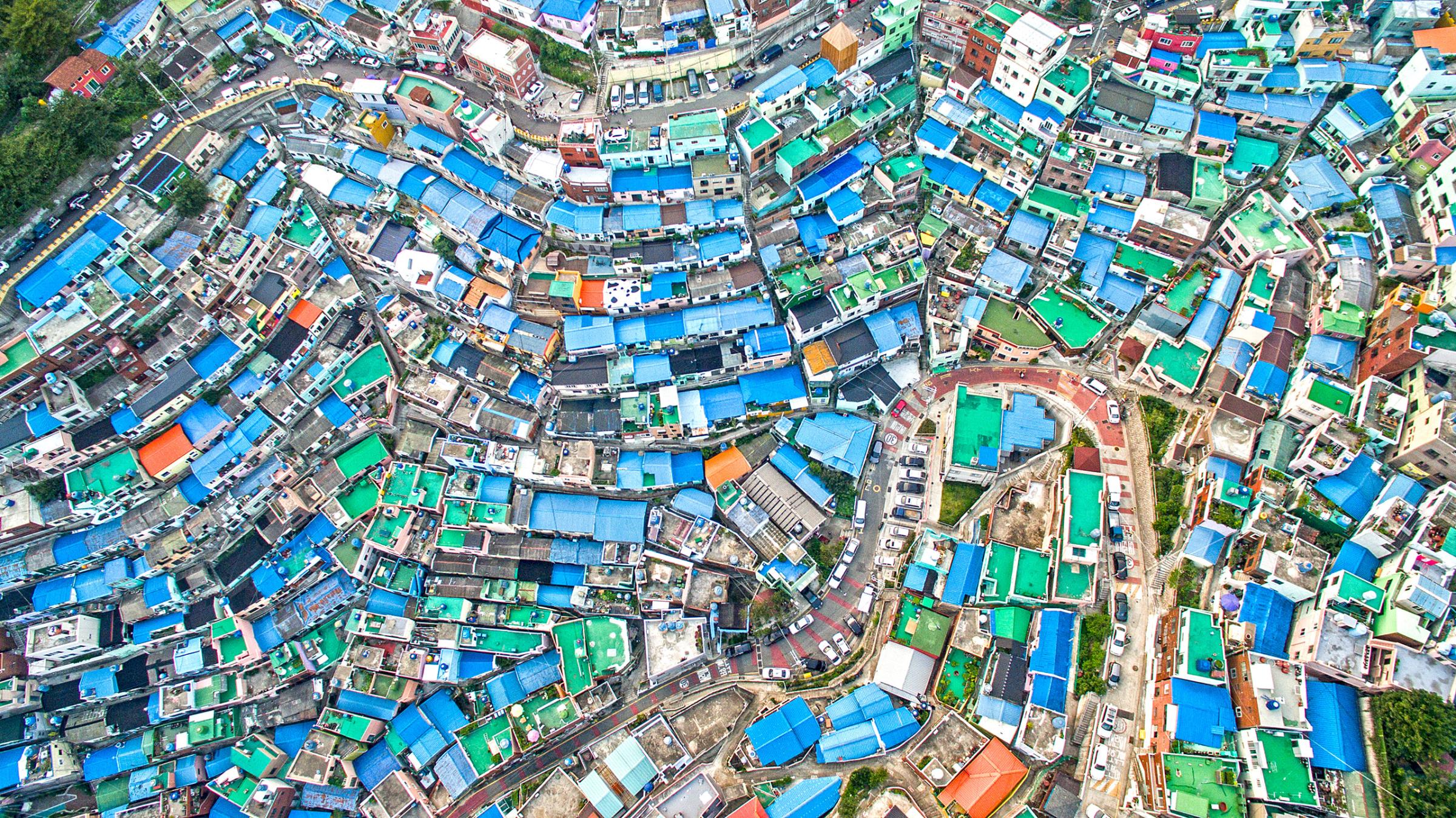
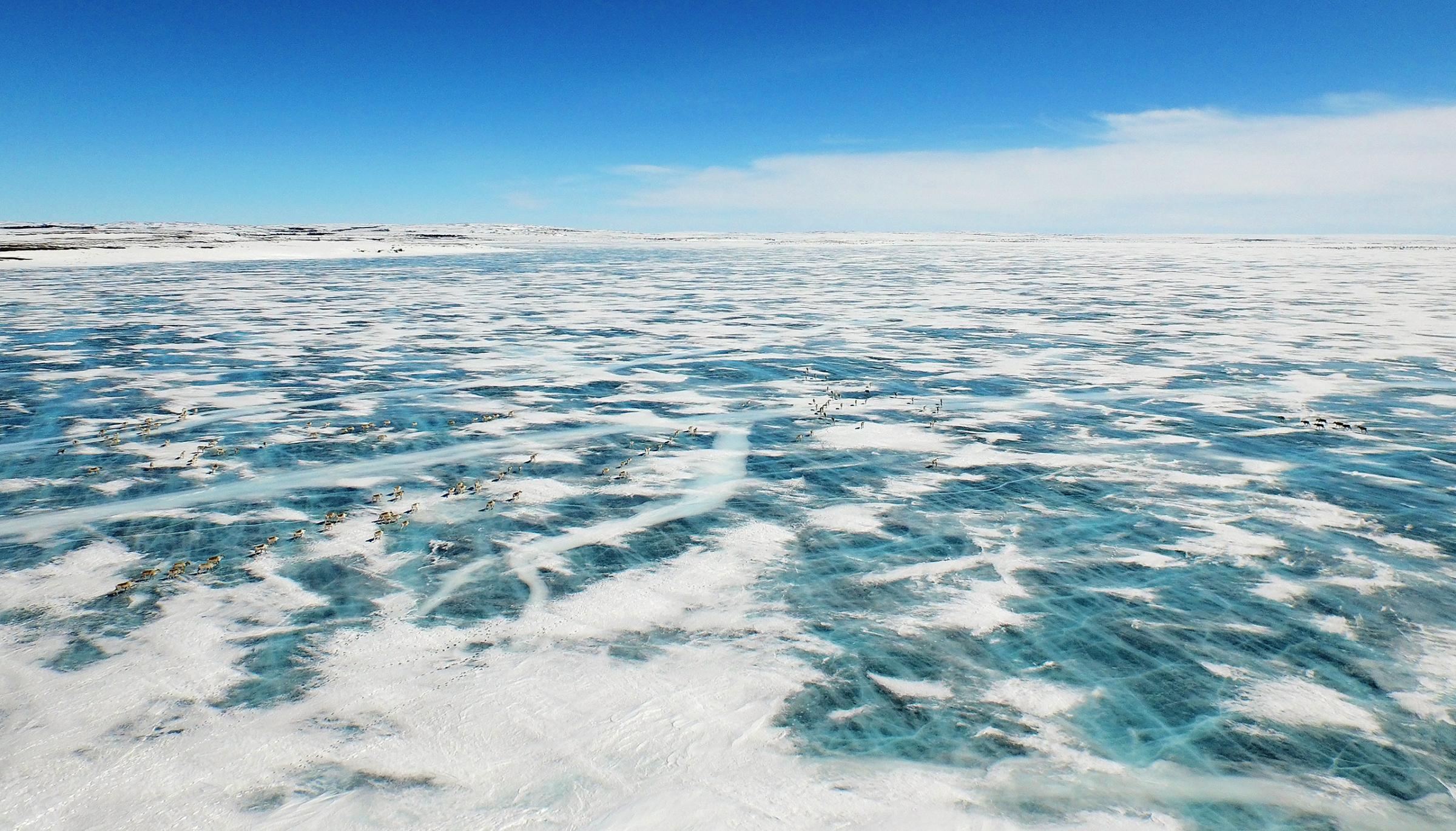

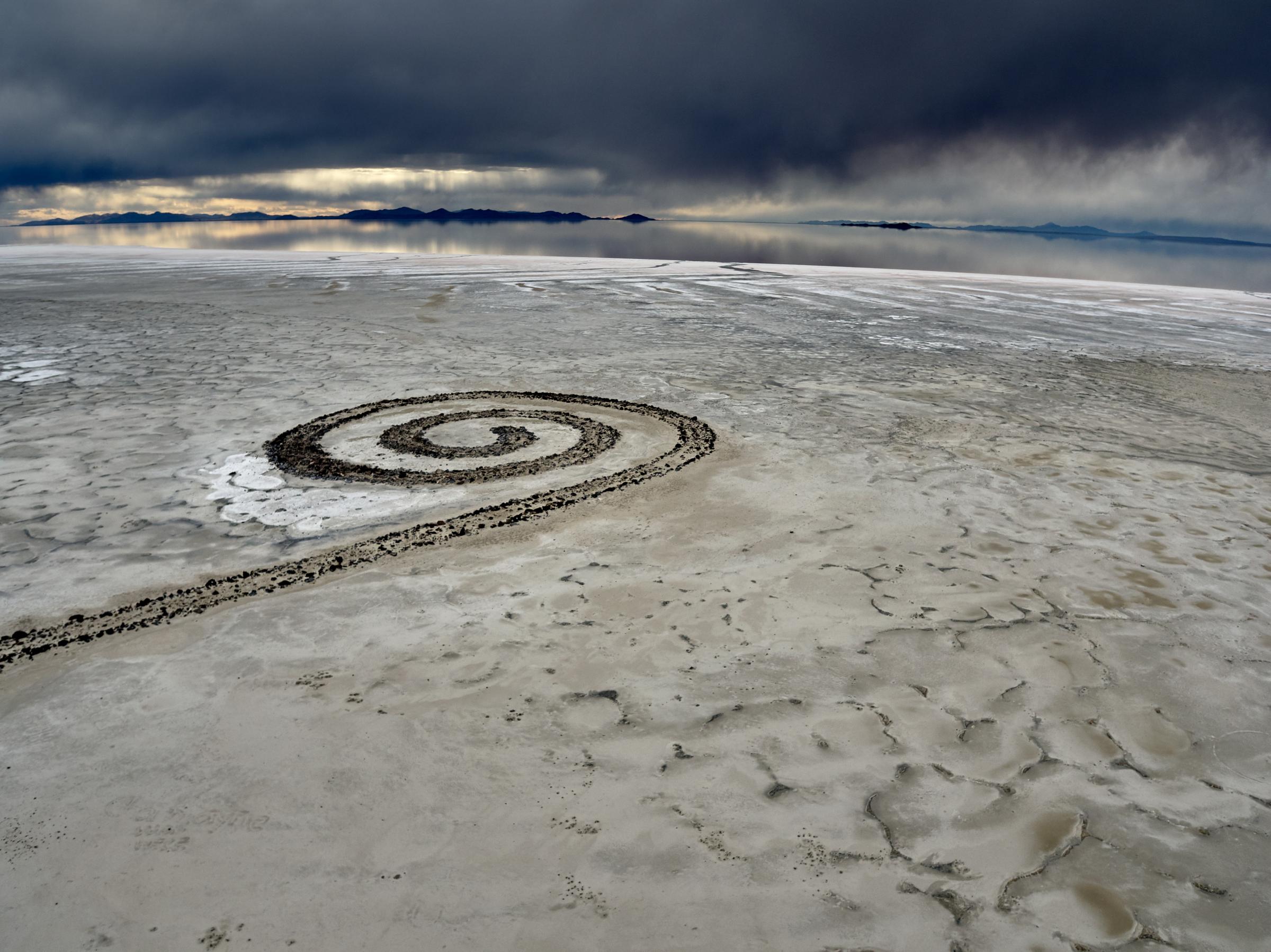
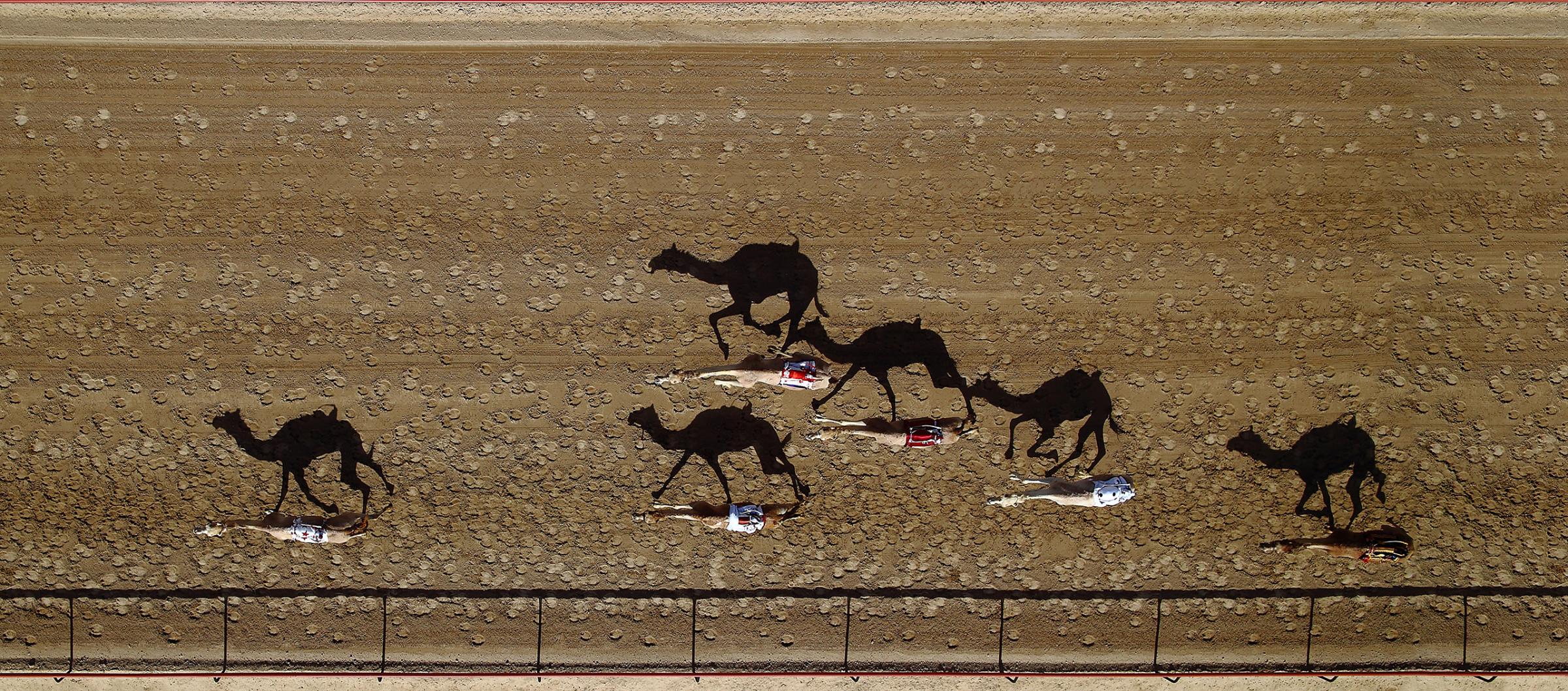

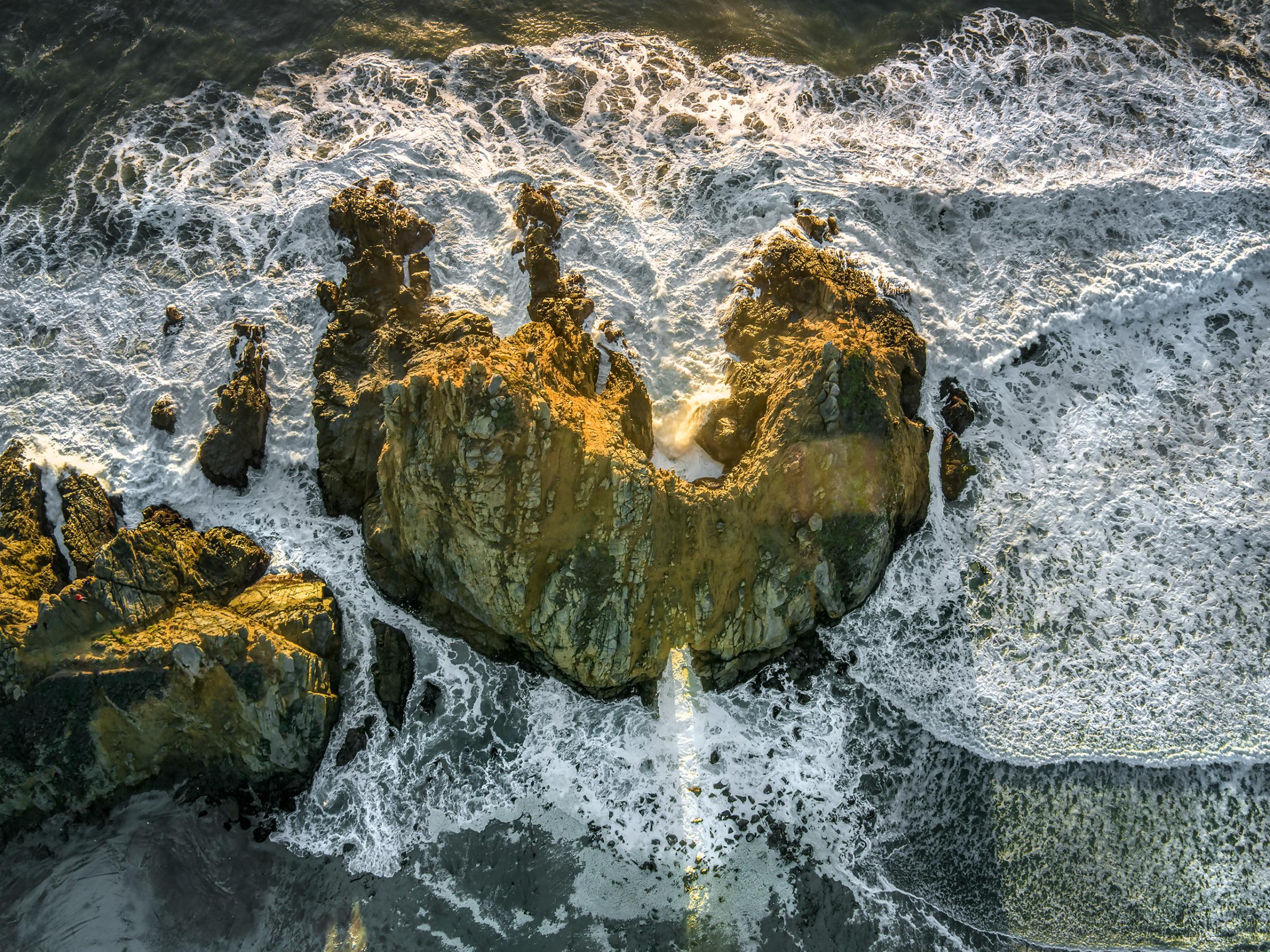
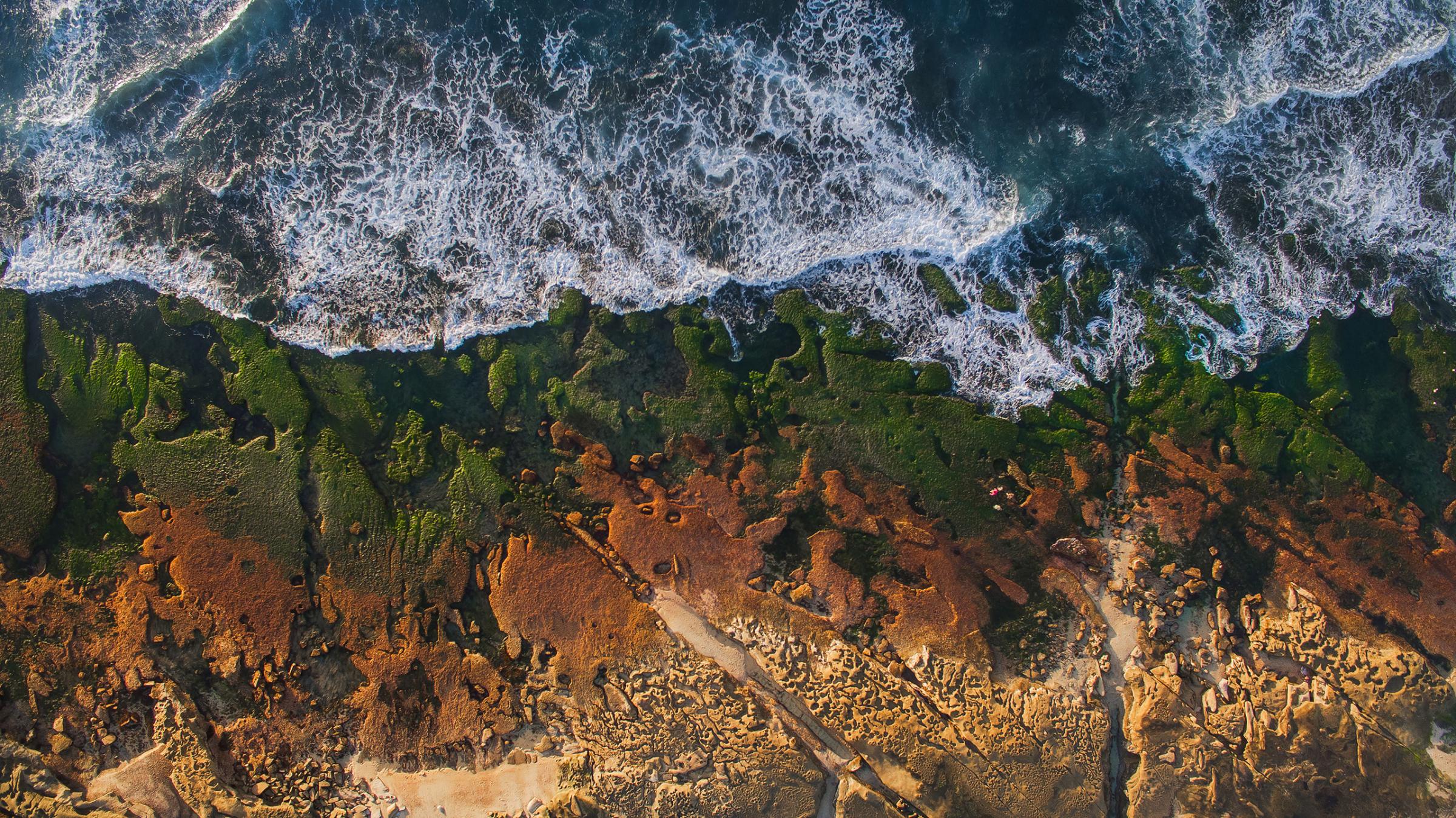

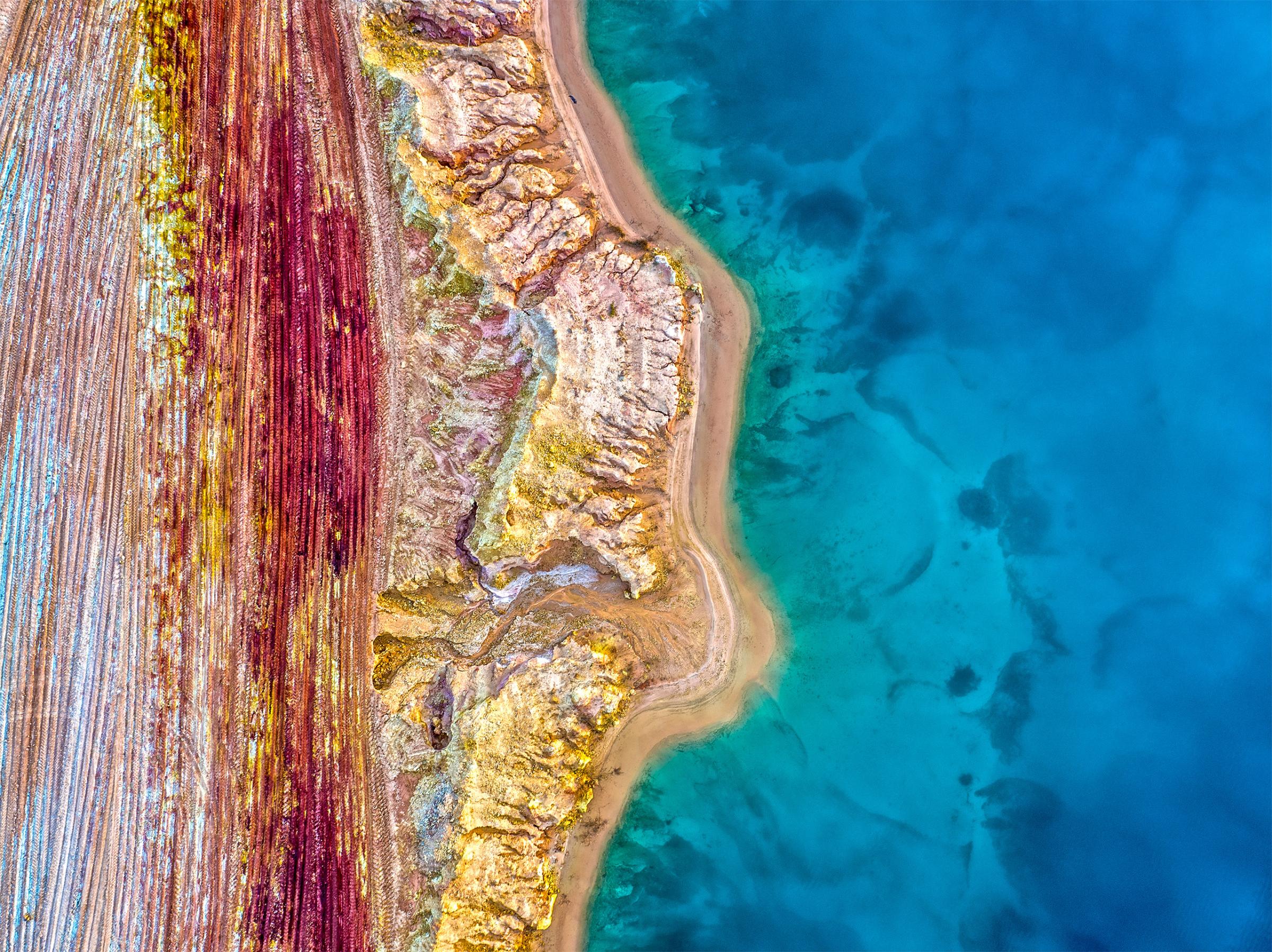
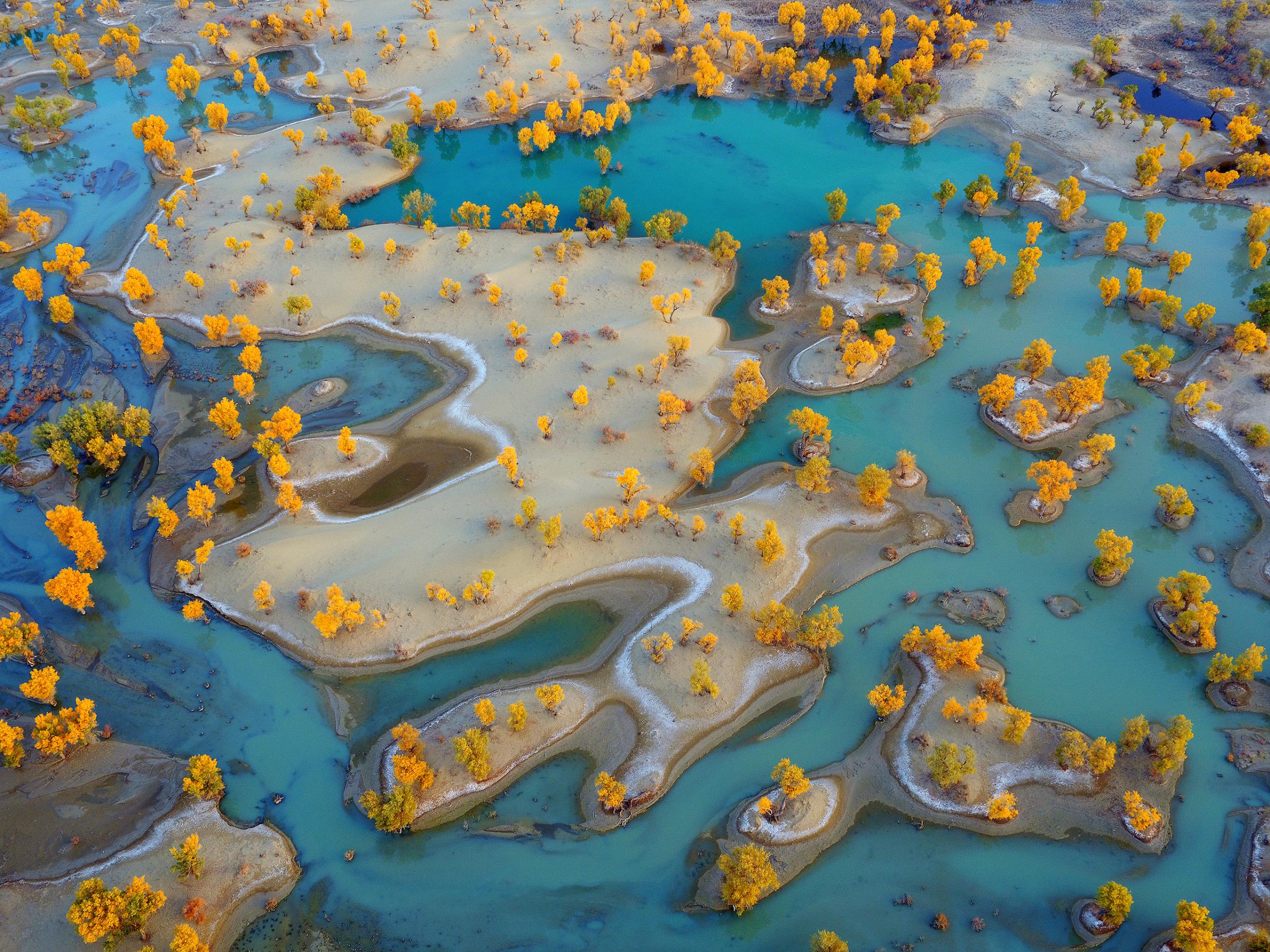
More Must-Reads from TIME
- Your Vote Is Safe
- The Best Inventions of 2024
- How the Electoral College Actually Works
- Robert Zemeckis Just Wants to Move You
- Column: Fear and Hoping in Ohio
- How to Break 8 Toxic Communication Habits
- Why Vinegar Is So Good for You
- Meet TIME's Newest Class of Next Generation Leaders
Contact us at letters@time.com